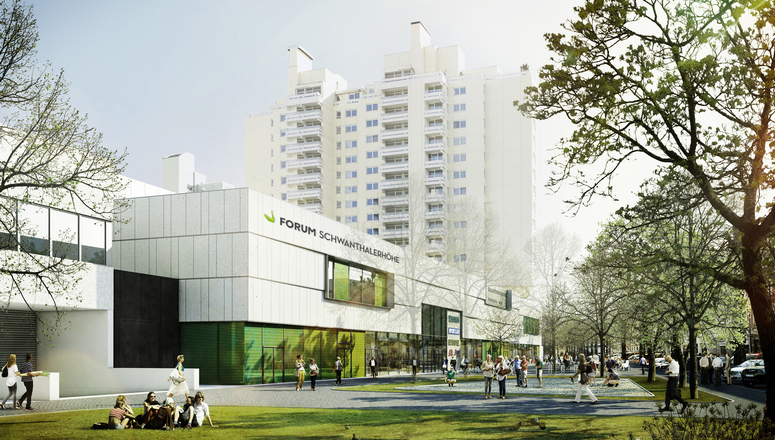Shopping centers remain popular shopping destinations for Germans. The density of centers, especially in downtown areas, remains at a high level. Although the boom has weakened in recent years, growth is expected to return this year.
The preliminary results of the “Shopping Center Report 2018” EHI study show that a great amount of restructuring, modernization, and expansion of existing shopping centers is taking place. “After a brief period of deceleration, momentum is returning to the shopping center market,” explains Marco Atzberger.
Expected Growth
German retail trade currently includes 479 large shopping centers (from 10,000 sq m) with a total rental area (includes rental areas as well as mall areas, center administration areas, and sanitary facilities) of around 15.4 million sq m compared to 12.6 million sq m in 2008. The number of shopping centers remained unchanged in 2017 since the revitalized Loom Center in Bielefeld did not constitute a traditional new opening.

In 2016, it transpired that a maturity stage with only three new openings had been reached. However, by the end of this year, eight new openings are scheduled to be completed – including the East Side Mall in Berlin (31,000 sq m) and the Forum Schwanthalerhöhe in Munich (30,000 sq m).
City Centers Preferred
Approximately half of all large shopping centers (231) in Germany are located in downtown areas. Recent center developments underpin the importance of downtown locations: Of the 65 centers that were added between 2010 and 2017, 51 (79 percent) were developed in downtown areas, 15 percent in district centers, and 6 percent in suburban or undeveloped areas.
The majority of the 65 newly developed centers (48 percent) are located in large cities and medium-sized municipalities with more than 20,000 inhabitants. Conversely, just under 5 percent of all newer centers are located in small cities.

Modernization Required
Forty-six shopping centers are due for comprehensive restructuring or modernization. The majority of these centers were opened in the 1990s or at the turn of the millennium and have become outdated.
Today’s retailers require different retail space layouts. Offerings such as “Click and Collect” impact warehousing and retail space. The food offering is being refined at nearly all shopping centers. Shopping center retail gastronomy turnover currently amounts to approximately 2 billion euros.
Follow @across_magazine on Twitter and @across.magazine.europe on Facebook, sign up for our ACROSS newsletter and subscribe to ACROSS Magazine.






